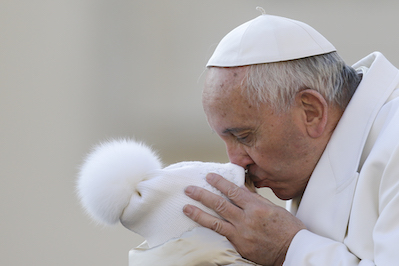2015 in Review: Marriage Equality, Mass Shootings, Pope Francis and Islamic State
Despite conservative backlash against same-sex weddings in 2015, ministers who support them can now fully practice their religions. Meanwhile, hateful rhetoric from Donald Trump and others means patriotic and law-abiding Muslims face a rising tide of hate crimes. 1
2
1
2

Pope Francis kisses a child at the Vatican. (Gregorio Borgia / AP)
Rev. Shockley: Support Bringing Truth to a Post-Truth Era from Truthdig on Vimeo.
Your support matters…Independent journalism is under threat and overshadowed by heavily funded mainstream media.
You can help level the playing field. Become a member.
Your tax-deductible contribution keeps us digging beneath the headlines to give you thought-provoking, investigative reporting and analysis that unearths what's really happening- without compromise.
Give today to support our courageous, independent journalists.






You need to be a supporter to comment.
There are currently no responses to this article.
Be the first to respond.